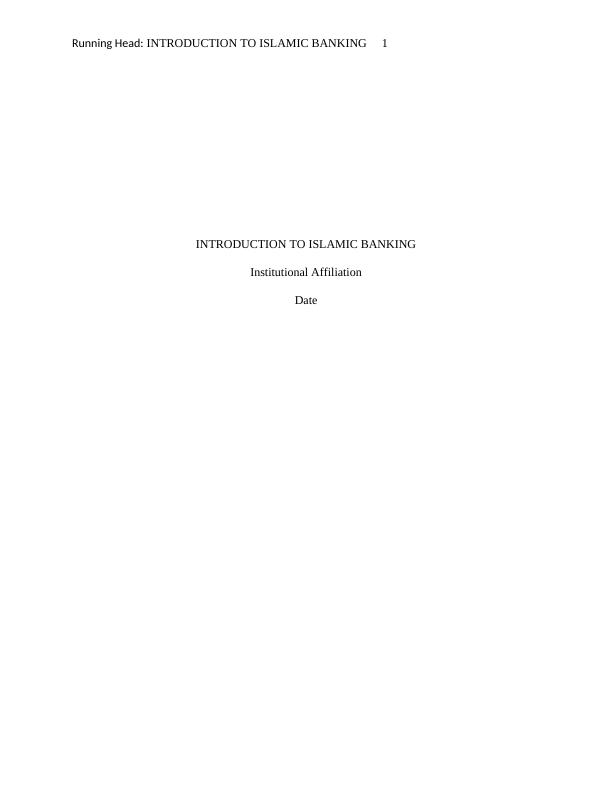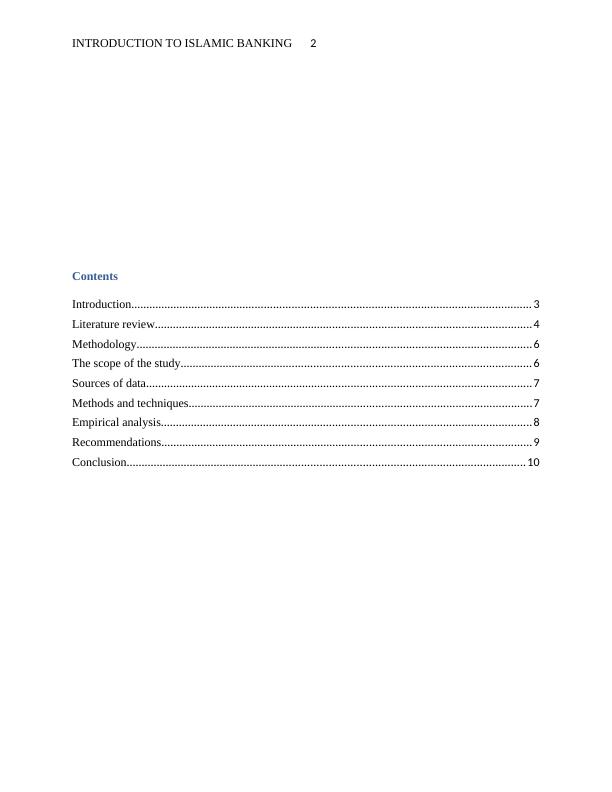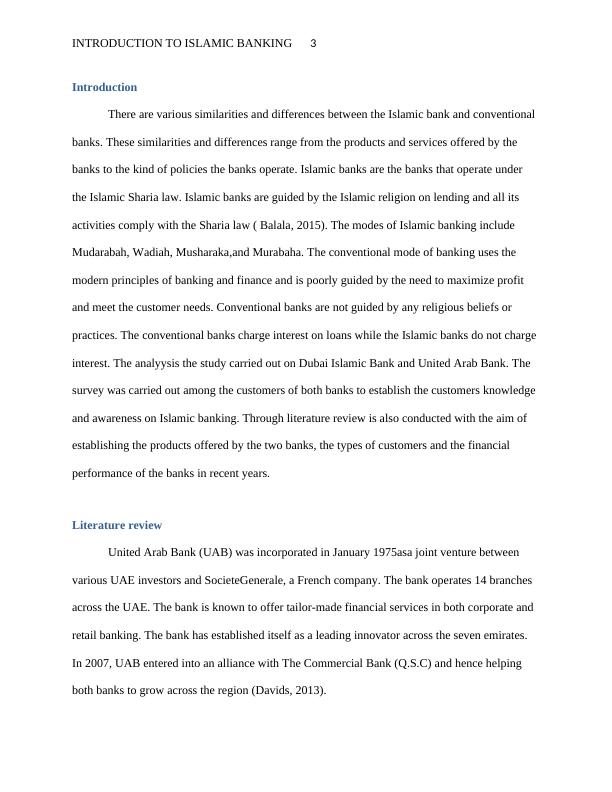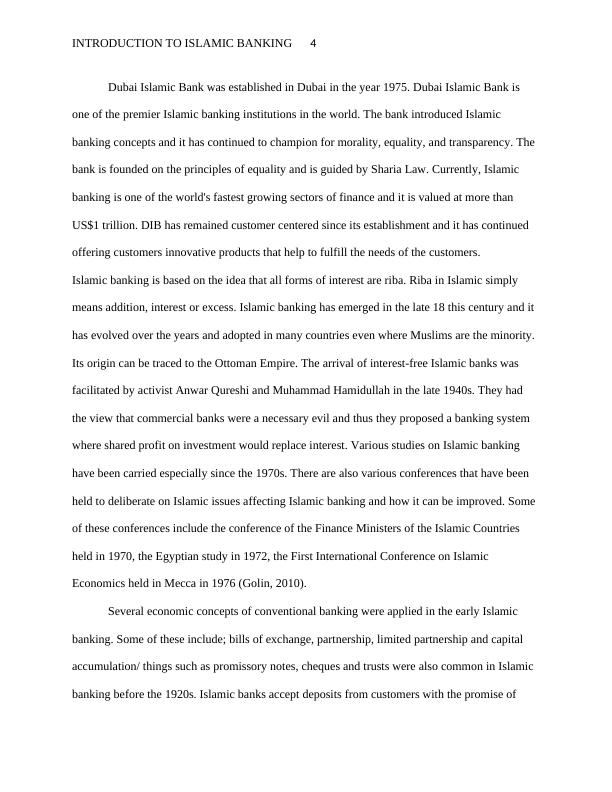Introduction to Islamic Banking: A Comparative Study of Dubai Islamic Bank and United Arab Bank
Comparative analysis of the history, types of accounts, types of customers, financial statements, and performance of a conventional bank and an Islamic bank. Conduct a customer survey on awareness and perception of Islamic banks. Interview bank management. Prepare a report comparing the two banks and summarizing key findings.
Added on 2023-06-13
About This Document
Introduction to Islamic Banking: A Comparative Study of Dubai Islamic Bank and United Arab Bank
Comparative analysis of the history, types of accounts, types of customers, financial statements, and performance of a conventional bank and an Islamic bank. Conduct a customer survey on awareness and perception of Islamic banks. Interview bank management. Prepare a report comparing the two banks and summarizing key findings.
Added on 2023-06-13
End of preview
Want to access all the pages? Upload your documents or become a member.




